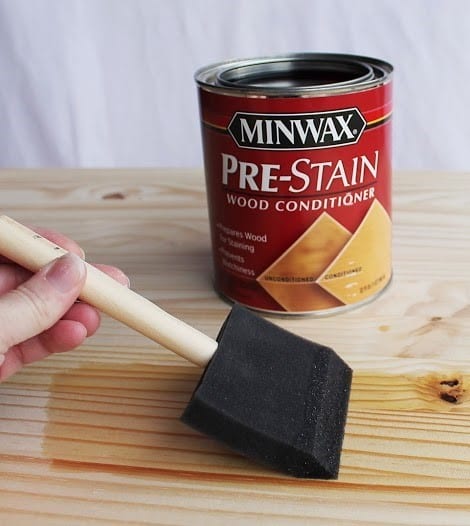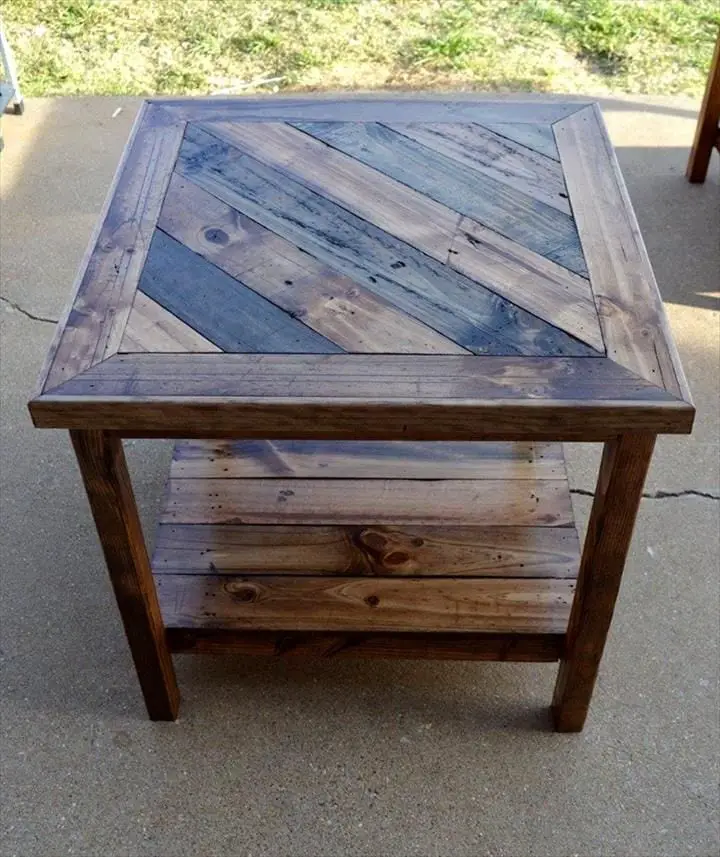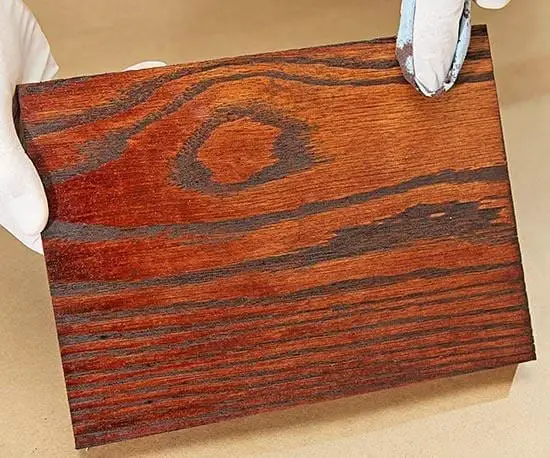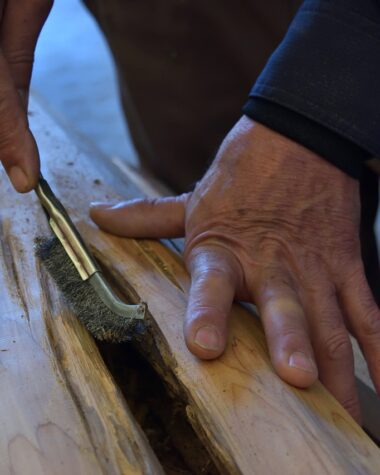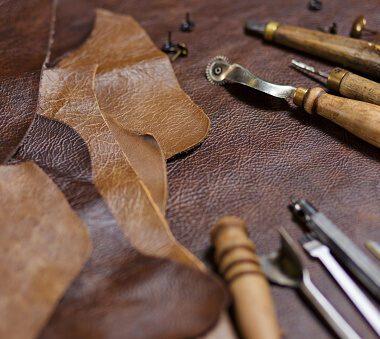You may have admired wooden furniture with a lovely finish. These look extravagant, luxurious and perfect. To achieve a flawless finish, furniture owners use more than just varnish or wood stain. They also use a special chemical called a wood conditioner.
Find out what a wood conditioner is and how it can change the way you finish wooden projects with this very special product.
Wood conditioner explained
Softwoods and some porous hardwoods like maple won’t work well with the standard wood finish. The wood density affects the way wood accepts finishes.
Because wood density and porosity varies, some areas of the wood let it absorb stains while some won’t absorb even a drop. The result is a finish with blotchy or uneven appearance. And aside from maple, pine, fir, alder, and birch also have the same problem.
A pre-stain wood conditioner
To make the stain even and perfect, especially when you are working on bare or new wood, using a pre-stain wood conditioner is necessary. A wood conditioner penetrates and temporarily creates a cover on the wood to improve absorption rate and to make an even coat that looks lovely from any angle.
Some people use pre-conditioning stains on their wooden projects and prefer to use gel stains compared to liquid stains. Gel stains are less prone to splotching and can be used without the pre-stain conditioning. Many experienced woodworkers also believe that standard liquid stains are good on wood like pine, fir, alder, maple, birch and more.
Preparing wood for conditioning
Just like using any kind of conditioning product, a pre-stain wood conditioner should be applied carefully. All the surfaces that will be exposed to the conditioning product should be completely sanded. Small holes, scratches, and gouges should be filled.
Remove paint and any glue residue so that the conditioning product will be completely absorbed. Finish with a light sanding to create that perfect result.
Before actually applying the conditioning agent, remove all things that can affect the final outcome of your stain. Use a shop vac to remove all the sawdust and dust from the area where you are going to work on your project.
Use a tack cloth moistened with mineral spirits to pick up any remaining sawdust on the wood that you will be working on. You can afford to have any minute dust particle to keep you from that perfect stain.
Applying the wood conditioner
The best tool to apply a coat of wood conditioner is a small brush or a piece of clean and dry cloth. Apply the conditioner on all the areas that you want to work on. Work on the direction of the grain of the wood when applying the conditioner.
The product must penetrate the wood for about five to 15 minutes. After the allotted time, wipe away any remaining conditioner. Follow any specific instructions given by the manufacturer of the wood stain.
Usually, you need to wait at least two hours before you apply a coat of stain. If the wood is very absorbent; apply a second coat of conditioner. After your work is dry, clean up with a cloth with mineral spirits or thinner.
Timing is necessary
A very important thing about using wood conditioner is that you have to apply it exactly at the recommended time. For instance, if the manufacturer of the pre-stain wood conditioner tells you to wait up to two hours then you must.
Some people who let the conditioner dry beyond the allotted two h hours have reported that the product has lost its effect. Some claimed that the results after applying the stain were worse than using no conditioning agent at all.
This could be a challenge especially when you are working on large furniture pieces. For instance, you could be conditioning a four-tier wooden shelf but because of the size, you are still working on the other shelf as the other areas that were treated earlier have already reached their waiting time.
Lighter stain effects
Another thing to consider is that a pre-stain wood conditioner can affect the final color or intensity of your stain. Some report that it can lighten the color of your stain to some degree. This is because a conditioner can hi9nder the absorption of the stain.
Therefore you must test the stain on an inconspicuous spot on your project before you start conditioning the entire piece. To counter lightening, you might need to reapply a coat of stain to be able to achieve the desired color or intensity.
Conclusion
Using a wood conditioner has its pros and cons. You must be aware of these important points before you start working on your project. Overall, conditioners can help improve the absorption of stains in most wood species.
